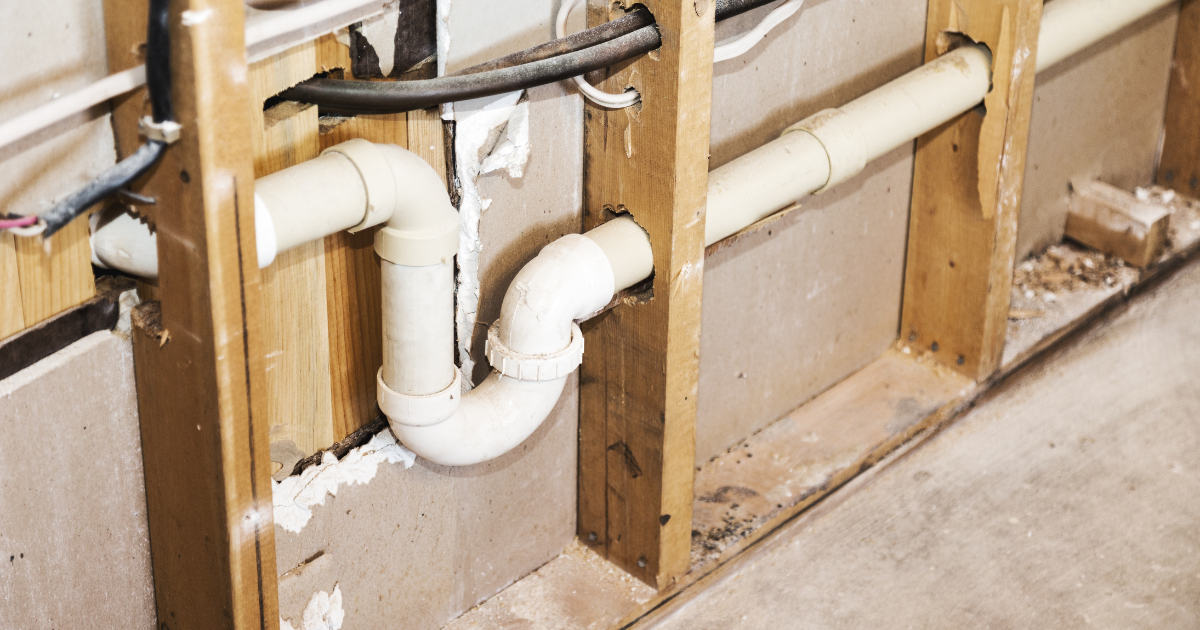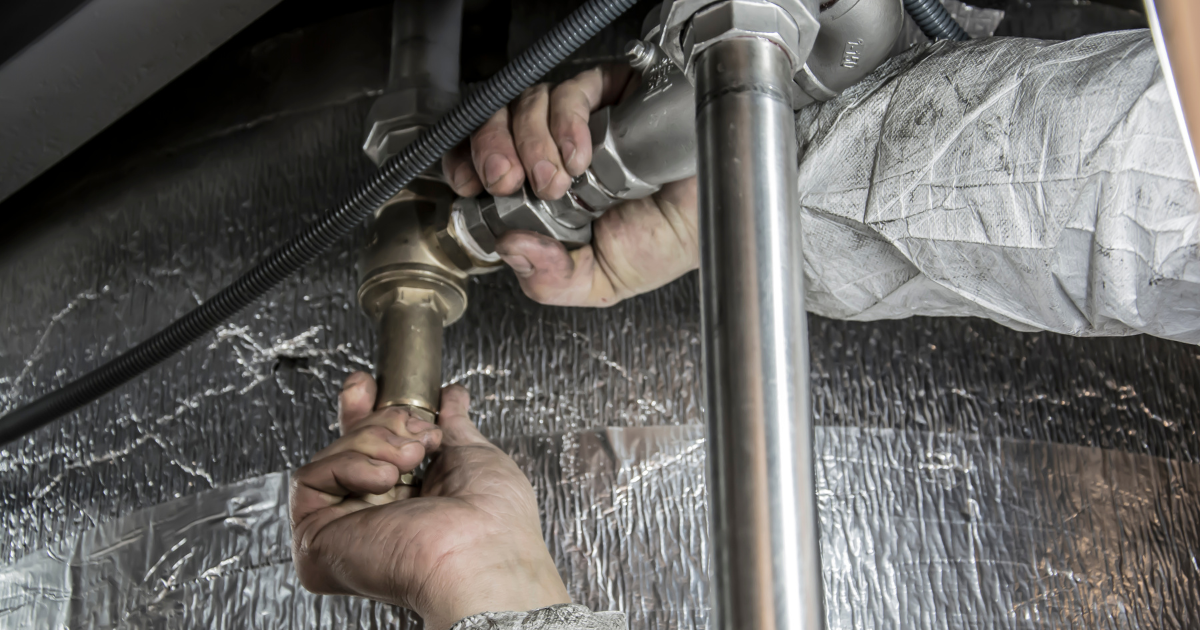5 Tips to Optimize The Performance of Your Tankless Water Heater
When it comes to selecting a water heater for your home, there are two primary options to consider:
tankless and tank water heaters. In recent years, tankless water heaters have become increasingly popular for their energy efficiency and on-demand hot water delivery. However, like any other appliance, they do have their limitations and proper maintenance and usage are essential to ensure optimal performance and longevity. In this blog post, we’ll explore some expert tips to help you get the most out of your tankless water heater.
1. Regular Maintenance Checks
Routine maintenance is key to keeping your tankless water heater operating smoothly. Schedule annual inspections with a professional plumber to inspect for any potential issues, such as mineral buildup or gas leaks.
A tankless water heater requires an annual inspection for several important reasons:
- Preventive Maintenance: Annual inspections allow professional plumbers to identify any potential issues or concerns before they escalate into major problems. Detecting and addressing minor issues early can prevent costly repairs or replacements down the line.
- Ensure Efficiency: Over time, tankless water heaters may accumulate mineral deposits or sediment buildup, which can impede performance and reduce efficiency. Regular inspections include flushing the system to remove any buildup and maintain optimal operation.
- Safety Concerns: Annual inspections also help ensure that your tankless water heater is operating safely and efficiently. Plumbers can check for any gas leaks, ventilation issues, or other safety concerns that could pose risks to your home.
- Prolong Lifespan:
Proper maintenance and regular inspections can help prolong the lifespan of your tankless water heater. By addressing any potential issues early and keeping the system clean and well-maintained, you can enjoy reliable hot water for many years to come.
2. Monitor Water Quality
Hard water can wreak havoc on tankless water heaters, leading to mineral deposits that can affect performance and efficiency. Consider installing
a water softener system to help mitigate mineral buildup and prolong the lifespan of your appliance. Regularly testing your water quality can also alert you to any issues early on.
3. Adjust Temperature Settings
Tankless water heaters offer precise temperature control, allowing you to adjust the settings based on your needs. Lowering the temperature slightly can help conserve energy and reduce heating costs without sacrificing comfort. Consult your owner’s manual or a professional plumber for guidance on optimal temperature settings.
Top tip: We see many households setting their water heaters to higher temperatures than necessary, leading to overheating and wasted energy. By adjusting the temperature settings to meet only the hot water needs of your household, you can avoid overheating and conserve energy.
4. Invest in Proper Ventilation
Proper ventilation is essential for gas-powered tankless water heaters to ensure safe operation and prevent the risk of carbon monoxide buildup. Ensure that your unit is installed in a well-ventilated area and that vents are free from obstructions.
Here are some steps to ensure adequate ventilation:
- Follow Manufacturer Guidelines: Always follow the manufacturer’s guidelines and installation instructions provided with your tankless water heater. These guidelines will specify the required clearance and ventilation requirements based on the model and size of the unit.
- Use Proper Venting Materials: Use the appropriate venting materials recommended by the manufacturer for your specific tankless water heater model. This typically includes stainless steel, PVC, or other approved venting materials designed to withstand high temperatures and corrosive gasses.
- Avoid Obstructions: Ensure that the venting system is free from any obstructions or blockages that could impede airflow. Regularly inspect the vent pipes and terminals to remove any debris, bird nests, or other obstructions that may accumulate over time.
- Proper Vent Termination:
Ensure that the vent termination point is located in a safe location outside of your home where exhaust gasses can dissipate safely. The vent termination should be positioned away from windows, doors, and air intake vents to prevent the recirculation of exhaust gasses back into your home.
5. Consider Usage Patterns
Understanding your household’s hot water usage patterns can help optimize the performance of your tankless water heater. Consider staggering hot water usage during peak times to avoid overloading the system. Additionally, installing low-flow fixtures can help reduce water consumption and increase efficiency.
Top tip: When it comes to choosing the
best tankless water heater for a large family and house, look for one with a high flow rate and energy efficiency rating. Energy-efficient models can help you save on utility bills in the long run. Look for heaters with an Energy Factor (EF) rating, with higher values indicating greater efficiency.
Conclusion
By following these tips, you can maximize the efficiency and performance of your home’s tankless water heater, ensuring years of reliable hot water on demand.
Time to organize that annual inspection? If you are looking for a licensed, local plumber with experience in installing and maintaining tankless water heaters, we offer free estimates on all jobs. So you know what the cost will be before we start working on your project. Contact us today to schedule a consultation and experience the benefits of a properly functioning tankless water heater!


